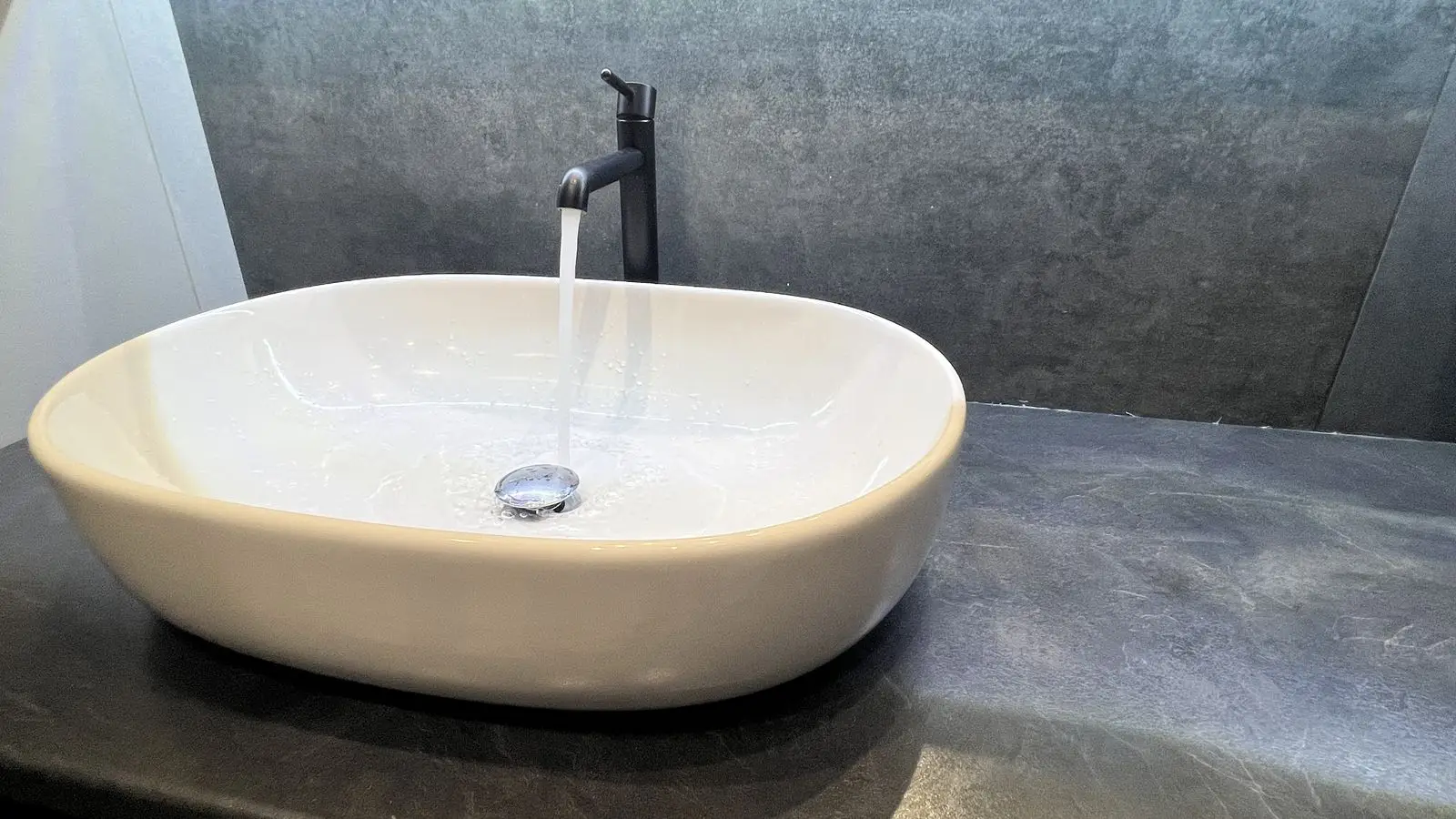Practical Methods to Fix a Clogged Kitchen Sink
Learn effective methods to unclog a kitchen sink using mechanical tools, chemicals, and home remedies. Discover prevention tips to avoid future blockages.

© E. Vartanyan
A clogged kitchen sink is a nuisance most households face at some point. Grease, food scraps, or accumulated debris can all block the drain, but the good news is that you often don’t need a plumber right away. There are several tried-and-tested ways to clear the pipes yourself — from simple mechanical tools to homemade remedies — and a few preventive habits that will help keep the problem from returning.
Mechanical Methods
The most straightforward tool against sink blockages is the plunger. By creating pressure differences inside the pipe, it helps break up the clog. For best results, fill the sink with hot water until the rubber cup is submerged, then make several firm up-and-down movements. This is usually enough to dislodge a medium-level obstruction.
If the plunger fails, a plumber’s snake is the next step. This flexible metal cable with a handle is fed into the drain and twisted forward until it reaches the blockage. The combined pressure and rotation help break it apart.
Some rely on unconventional tools, such as a vacuum cleaner with a blower function. When the hose is pressed tightly to the drain and air is forced in, the stream can sometimes push through the blockage. While not a universal fix, it has worked in certain cases.
Chemical Solutions
Hardware stores offer a wide variety of drain cleaners, such as “Tiret” or “Mr. Muscle.” Their formulas vary: some are alkaline, others acidic, and some combine both. Alkaline products work well against grease build-up, while acidic ones target organic waste. Safety, however, is key — always follow the instructions, wear gloves, and ideally use eye protection in a well-ventilated space.
A strong household option is caustic soda (sodium hydroxide). It dissolves fat deposits effectively but must be handled with care, as it is highly corrosive and can cause burns.
Home Remedies
When commercial chemicals are not at hand, traditional methods can come to the rescue. A classic mix is baking soda followed by vinegar. Half a cup of soda is poured into the drain, topped with an equal amount of vinegar, then sealed with a stopper for 15–30 minutes. The fizzing reaction helps loosen organic matter, after which the drain should be rinsed with hot water.
Another variant combines soda and salt in equal amounts. Poured into the drain and left for several hours, it works more gently but can still be effective.
Citric acid also does the job — a few teaspoons dissolved in hot water and poured after baking soda will help without the strong odors of harsher chemicals.
Sometimes all it takes is boiling water. A liter or two can dissolve a light grease plug, but caution is needed with plastic pipes that don’t tolerate very high temperatures.
Prevention
The best way to deal with clogs is not to let them happen too often. A few simple steps can make a big difference:
- Flush the drain with hot water once a week.
- Avoid pouring grease or oil down the sink.
- Use a mesh strainer to catch food scraps.
- Occasionally treat the drain with baking soda and vinegar or salt.
These habits extend the lifespan of your kitchen pipes and reduce the risk of stubborn clogs. If, however, home methods fail, calling a professional is the safest option — it can save you from more serious damage and costly repairs.
